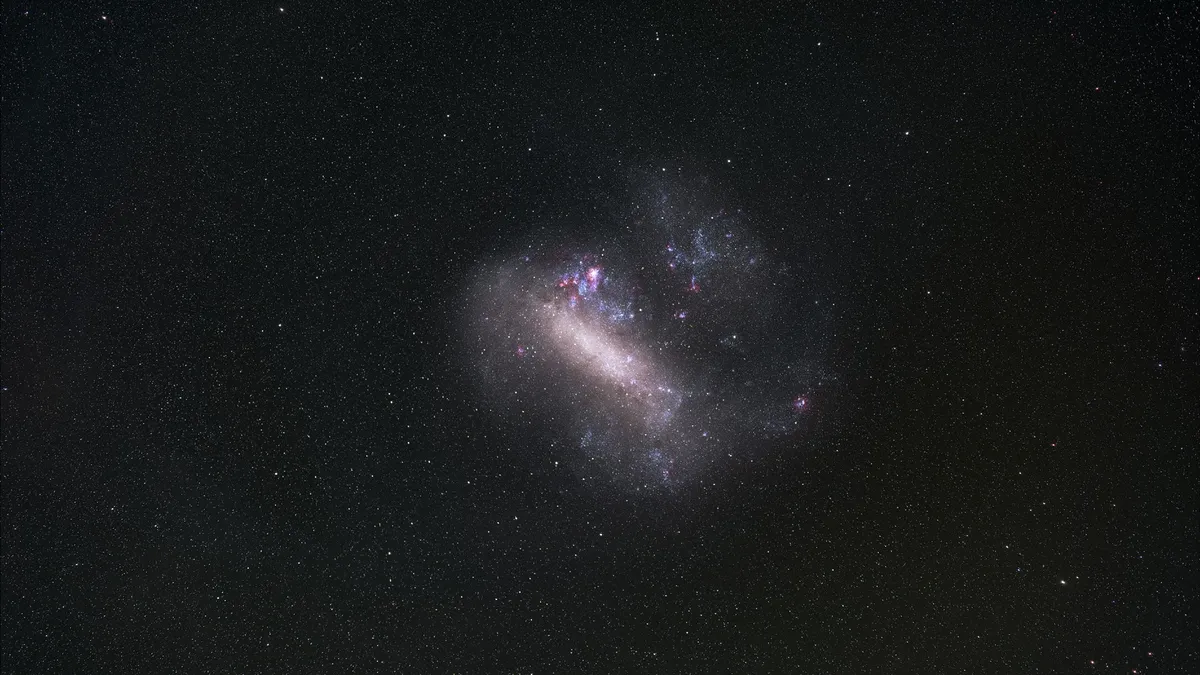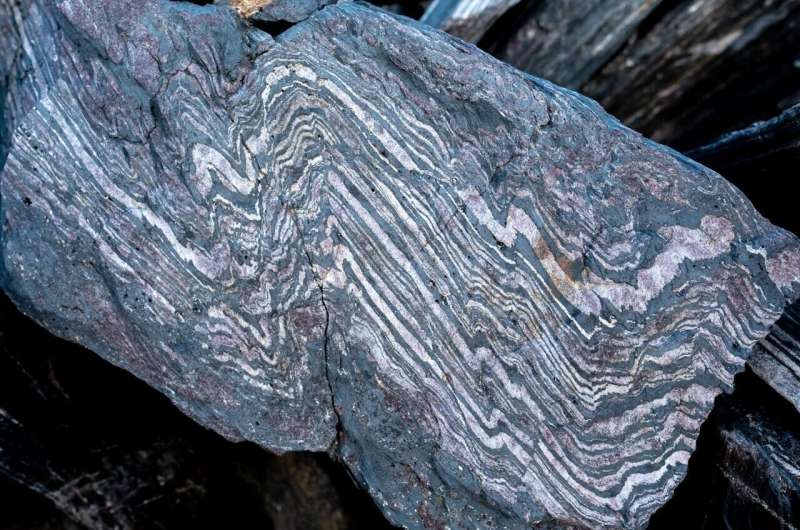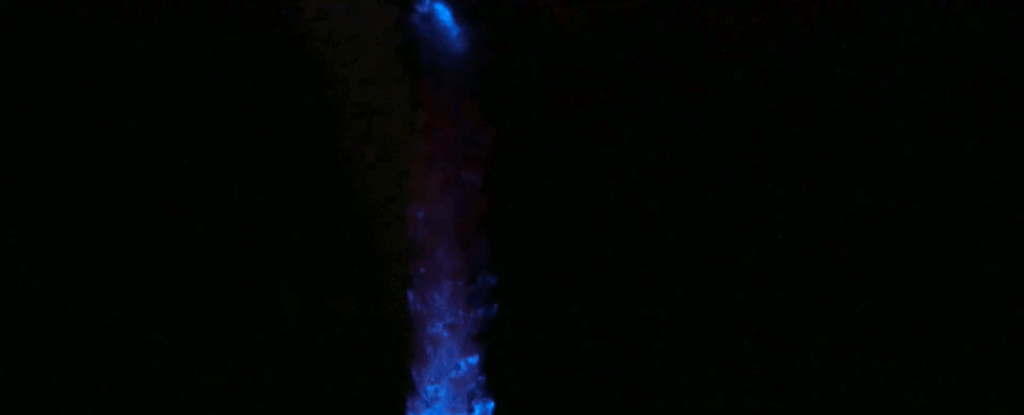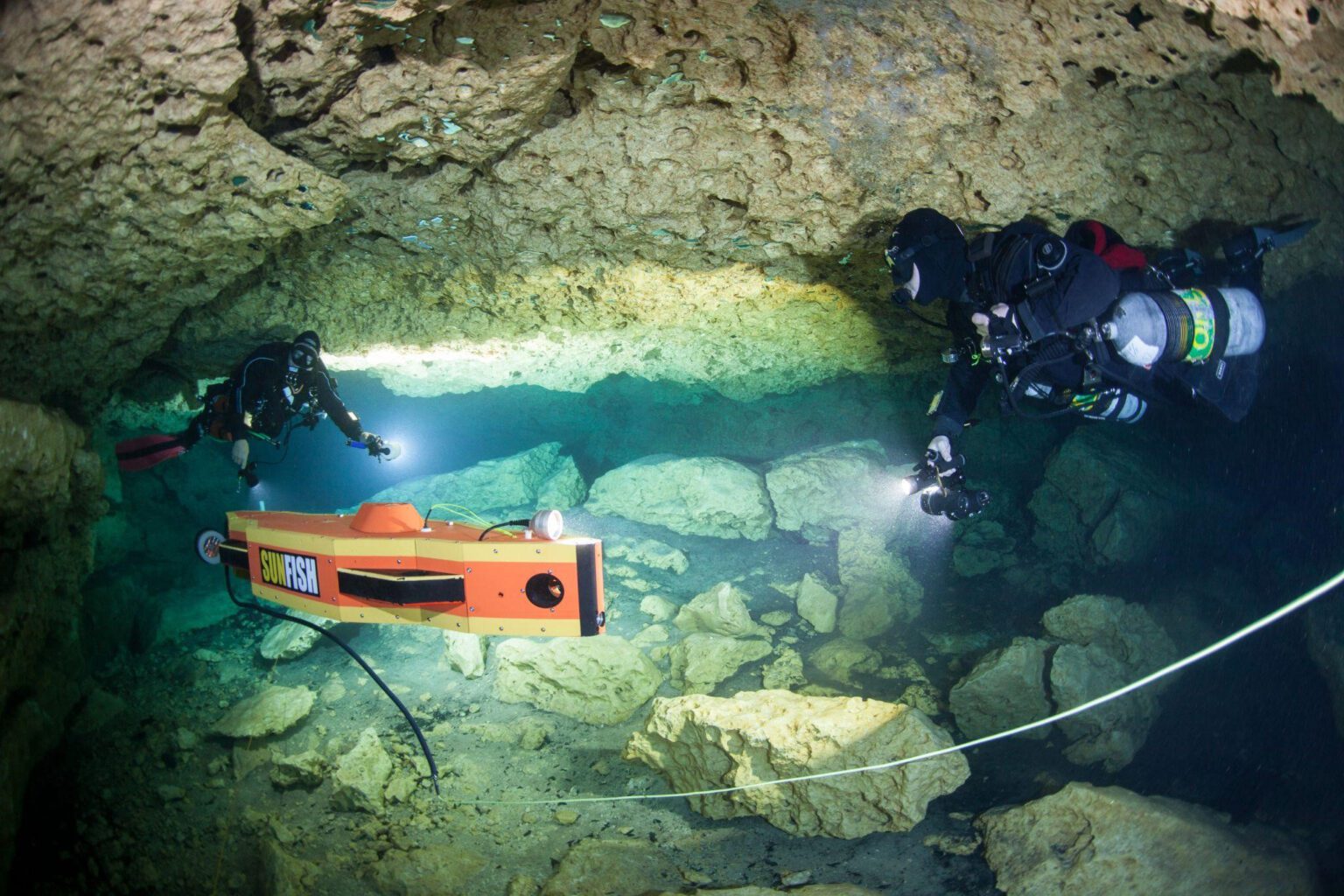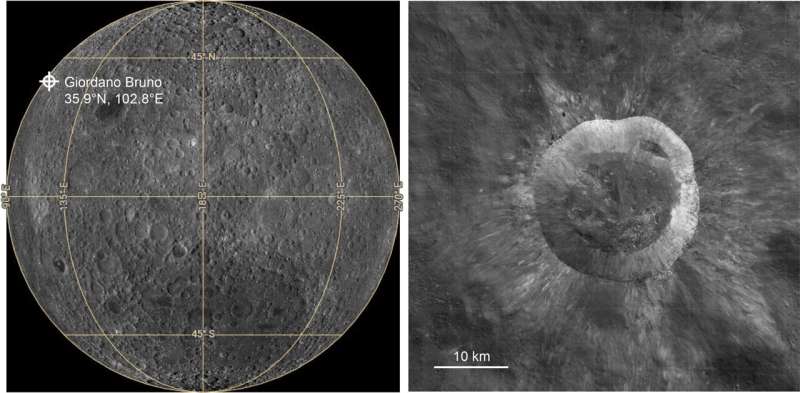For more information on matters discussed during the recent debate between Graham Hancock and archaeologist Flint Dibble on the Joe Rogan Experience, 16th April 2024, check out the following, all newly published:
Scientists have identified one of the oldest known stars outside the Milky Way. The discovery, reported in March in the journal Nature Astronomy, has uncovered a relic from the early days of the universe in the Large Magellanic Cloud (LMC), a satellite galaxy of the Milky Way — and it’s revealing the conditions from a time before the sun even existed.
A new study, led by the University of Oxford and MIT, has recovered a 3.7-billion-year-old record of Earth’s magnetic field and found that it appears remarkably similar to the field surrounding Earth today. The findings have been published in the Journal of Geophysical Research. Without its magnetic field, life on Earth would not be possible…
In the darkest corners of the planet, where the light of the Sun never touches, eerie glows can yet be found, illuminating the shadows. This is bioluminescence, a remarkable ability that has evolved separately at least 94 times throughout the history of life on Earth. See the study here.
A few years ago, a set of 20,000-year-old human footprints in a dry lakebed in New Mexico set scientists reeling. Those fossilized footprints, originally discovered in 2009, called into question what we thought we knew about when people first showed up in North America. Archaeologists thousands of miles away in Alaska felt the scientific impact especially strongly.
A small international team of planetary scientists has found evidence supporting the theory that the near-Earth asteroid Kamo’oalewa is ejecta from the moon. In their paper published in the journal Nature Astronomy, the group describes their data-driven models and what they revealed.
